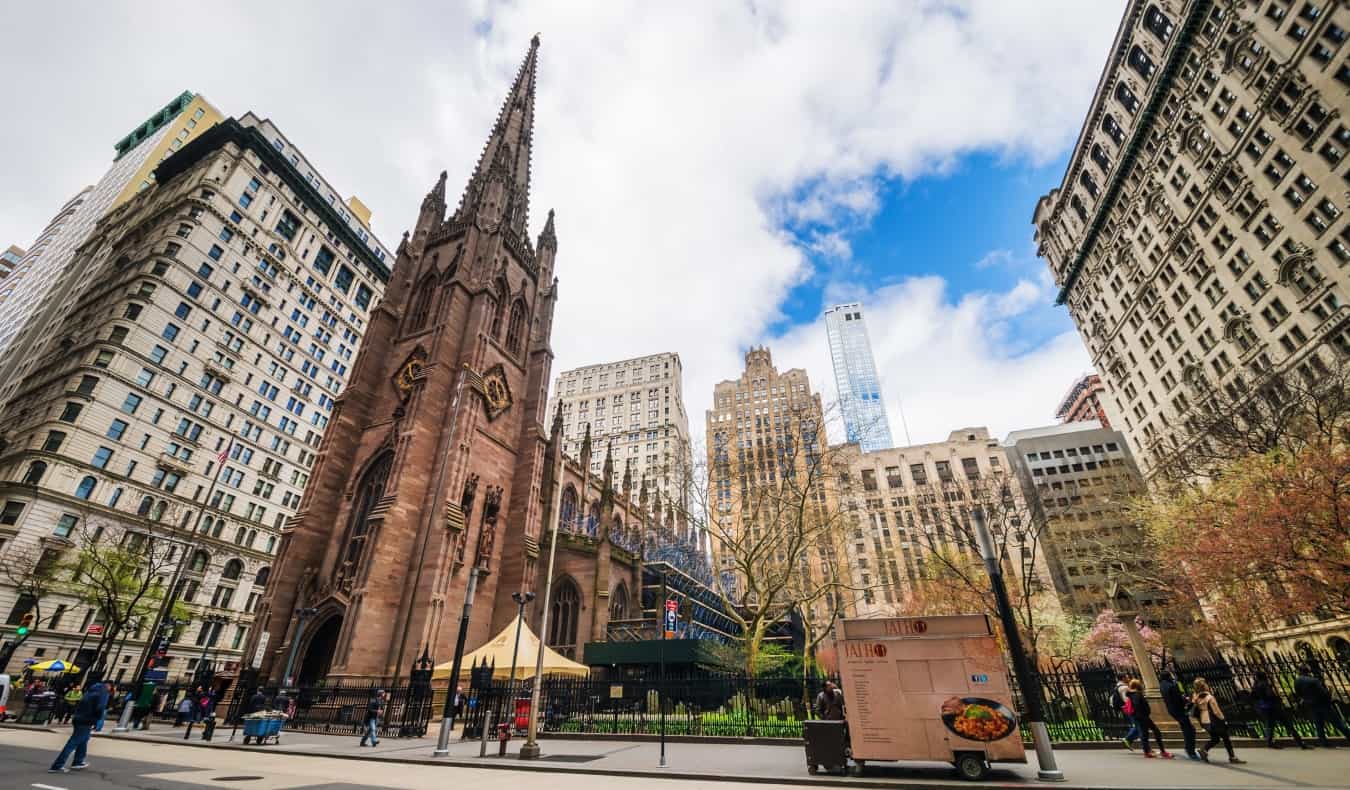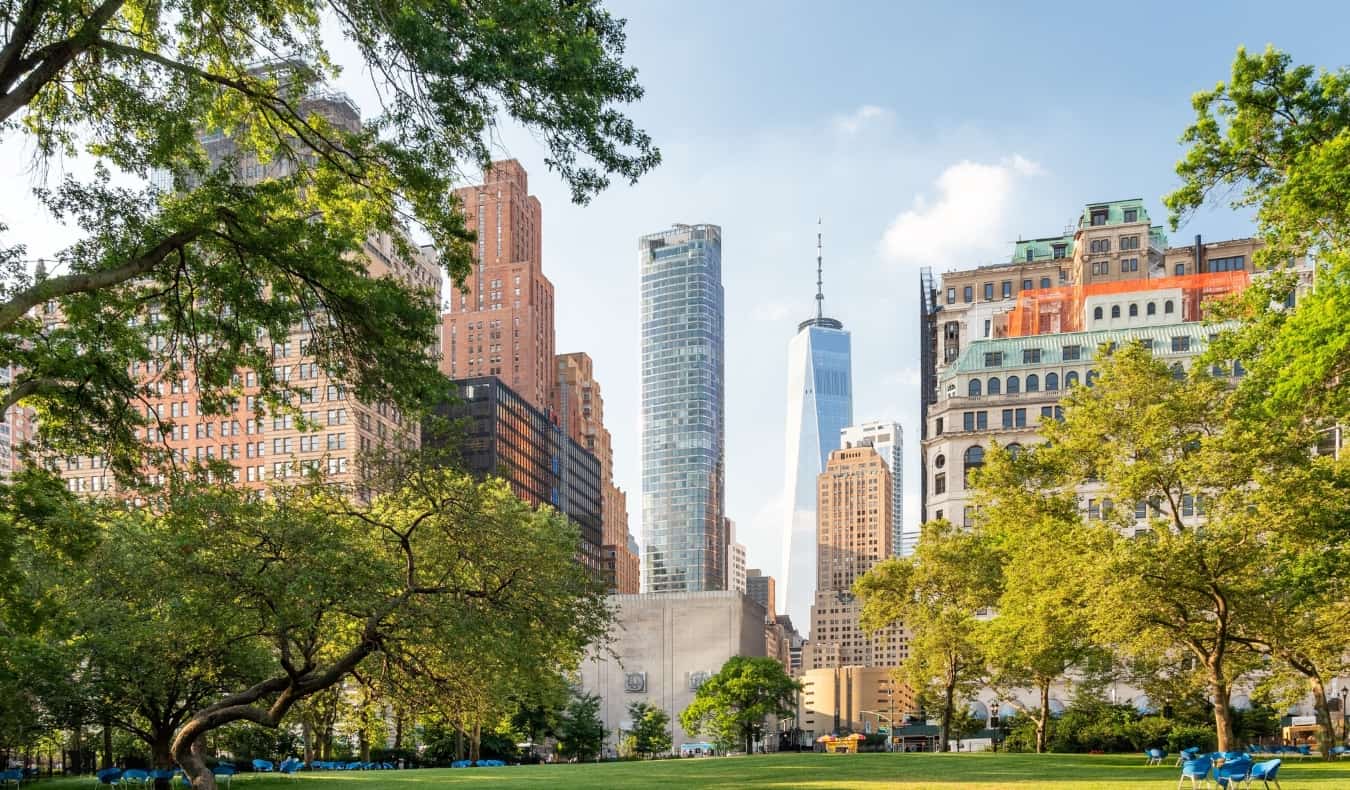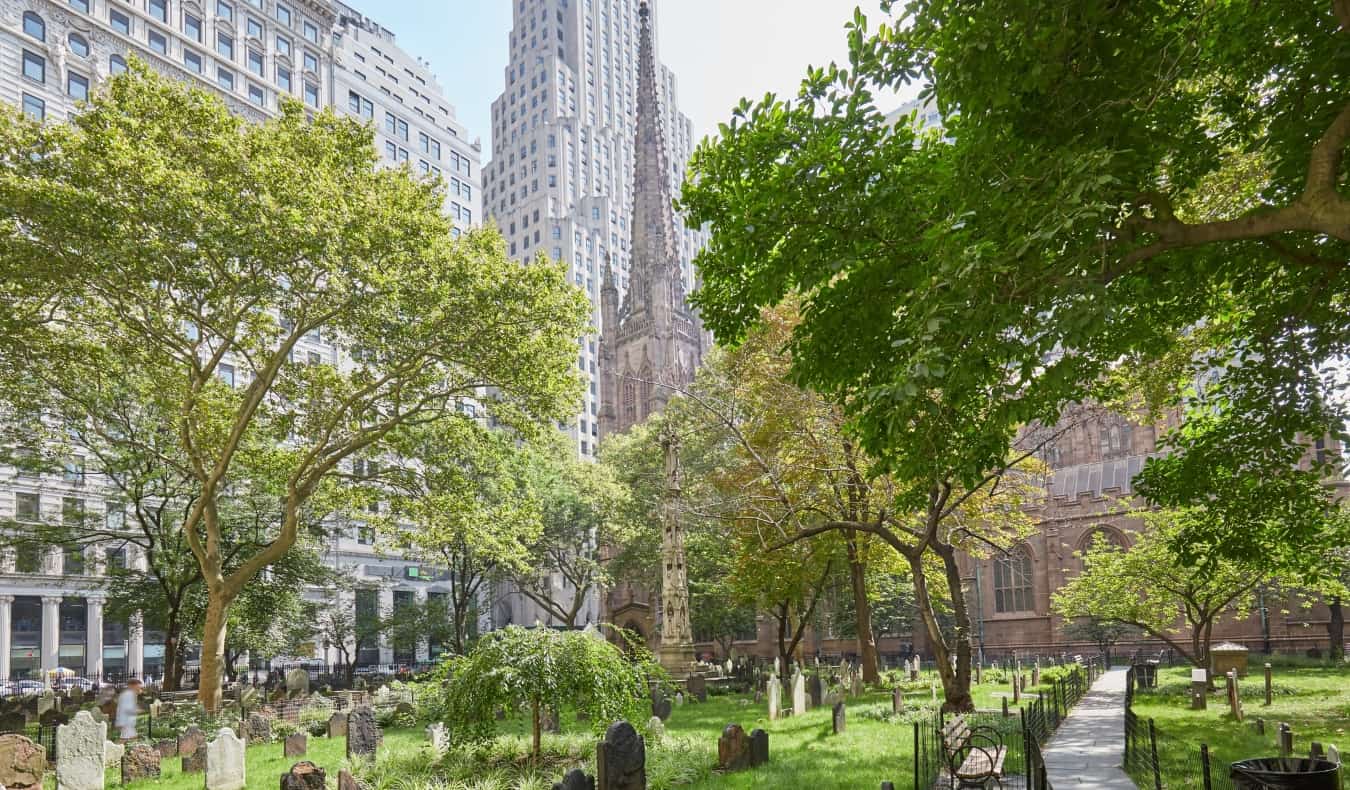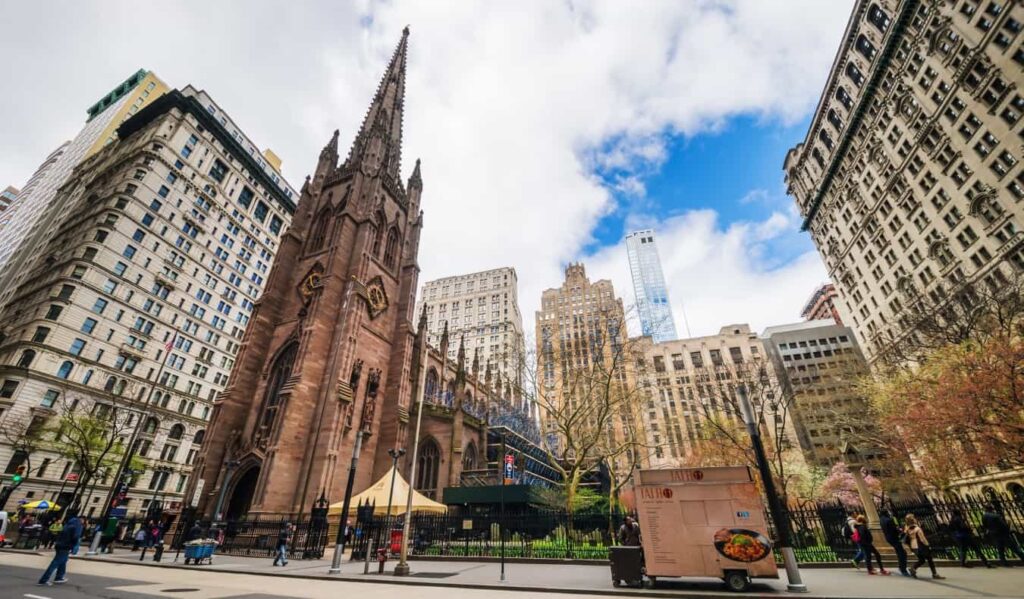As a history nerd, I love taking a deep dive into a destination’s past. I’m a firm believer that if you don’t understand where people have come from, you’ll never understand where they are now. It’s a big reason why I love museums so much.
As one of the oldest cities in the country, New York City has a lot of history.
First settled by the Dutch as “New Amsterdam,” the Dutch surrendered the city to the English in 1664. The city was a major trading center located at the mouth of the Hudson River. After the Revolution, New York was the hub of America’s power and government, officially becoming the nation’s capital in 1789 when George Washington was sworn in.
While it’s no longer the nation’s capital (it moved to the following year and then to in 1800), NYC is still the beating heart of the country.
a great theme for your visit to New York is colonial history — and much of the city’s colonial history is still present today.
Most of the sights are located in the financial district (one of the most underappreciated parts of NYC), so it’s easy to visit everything in a day. Here’s what to see:

1. The Battery (aka Battery Park)

Located on the southern tip of Manhattan, this park is where the Dutch built Fort Amsterdam in 1625 to defend their settlement. The British took the area over in 1664 and eventually renamed it Fort George. The fort’s cannon battery wasn’t used until 1776 when American forces took it over after declaring independence. While the fort was mostly destroyed during the Revolution, the battery was expanded after the war’s end.
Today, there are over 20 monuments and plaques in the park, covering everything from the Revolutionary War and the War of 1812 to immigration and much more. You can wander around the fort and then stroll through the surrounding park and take in the beautiful waterfront views of the harbor, the Statue of Liberty, and Ellis Island.
2. Fraunces Tavern
This is the oldest bar in New York City, having been converted from a home (built in 1719) to a tavern in 1762. Prior to the Revolution, the Sons of Liberty (a secret anti-British organization founded by Samuel Adams) would meet here to discuss their plans and philosophies.
During the war, the building was damaged when Alexander Hamilton stole British artillery, provoking a response from the British navy who then sent a cannonball through the roof. After the war, George Washington said farewell to his officers and troops of the Continental Army here.
As the war was ending, meetings between the British and Americans were held here to discuss slavery. The US insisted that no slaves freed by the British could leave US soil (many had already been sent to freedom in what is now Canada). (It was not one of our finest moments as a country.)
Today, on the first floor, there’s a pretty decent restaurant (slightly overpriced though) and a bar with a great selection of draft beers. The tavern hosts historical talks and is home to a small museum on the second floor, which includes all kinds of historical documents and objects, temporary rotating exhibits, and a re-creation of the 18th-century public dining room in which George Washington delivered his farewell address. The permanent exhibition chronicles the building’s history and highlights the pivotal events that took place here.
54 Pearl St, +1 (212)-425-1778, frauncestavernmuseum.org. Open daily, 12-5pm. Admission is $10 USD, with guided tours (free with admission) on Fridays at 1pm and Saturdays and Sundays at 2pm.
3. Bowling Green
This public park is the oldest in NYC. Even before it was officially designated a park in 1733, the area had a long history as an important public space. Originally it was a council ground for the indigenous Lenape, and later it was a parade ground, cattle market, and meeting ground for the Dutch.
During colonial times, the British installed a 4,000-pound gilded lead statue of King George III on horseback. It was repeatedly vandalized leading up to the war, forcing the British to build a fence around the park (the one that still stands today) and create anti-vandalism laws.
After the Declaration of Independence was read in 1776, the statue was toppled and dismembered. The head, allegedly, was mailed to England. The body, so the story goes, was melted down into bullets for the Continental Army.
Today, the area remains a park and there’s a plaque on the fence with a brief historical overview.
4. Trinity Church

Built in 1698, the original Trinity Church was a small parish church constructed by the Church of England. When the British seized New York after George Washington’s retreat, it was used as a British base of operations.
The original church was destroyed in the Great Fire of 1776, a massive blaze that wiped out upwards of 25% of the city (the Americans blamed the British for starting the fire, while the British blamed the revolutionaries). The new building, facing Wall Street, was consecrated in 1790. George Washington and Alexander Hamilton both regularly worshipped here The church was then expanded in 1839 into its current form.
The graveyard dates back to the 1700s and many famous Americans are buried there, including Hamilton and his wife Elizabeth, Francis Lewis (signatory on the Declaration of Independence), John Alsop (Continental Congress delegate), Albert Gallatin (founder of NYU), Horatio Gates (Continental Army general), John Morin Scott (general and first secretary of state of New York), and Lord Stirling (Continental Army general).



